Verse of the Day
Author Spotlight
Loading featured author...
Report Issue
See a formatting issue or error?
Let us know →
Verse Takeaways
1
A Symbol with Real Power
Commentators explain that when Jesus says, "This is my body," he is using powerful, symbolic language. The bread doesn't literally become his flesh. Instead, scholars like John Calvin and Matthew Henry note that the bread is a visible sign representing the spiritual reality of Christ's sacrifice. The reality is joined to the sign; through faith, believers truly partake in the spiritual benefits of Christ's body given for them, even though the bread remains bread.
See 3 Verse Takeaways
Book Overview
1 Corinthians
Author
Audience
Composition
Teaching Highlights
Outline
+ 5 more
See Overview
Commentaries
13
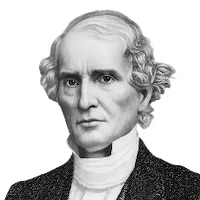
Albert Barnes
On 1 Corinthians 11:24
18th Century
Theologian
And when he had given thanks. See Barnes "Matthew 26:26".
Matthew reads it, and blessed it. The words here use…
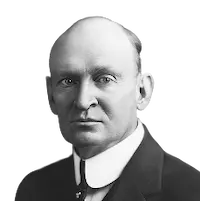
AT Robertson
On 1 Corinthians 11:24
When he had given thanks (ευχαριστησας). First aorist active participle of ευχαριστεω from which word our word Eucharist comes, co…
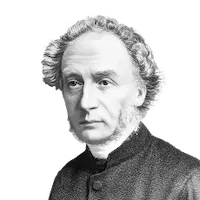
Charles Ellicott
On 1 Corinthians 11:24
19th Century
Bishop
And when he had given thanks . . .—Better, and having given thanks, He broke it, and said, “This is My body …
Go Ad-Free
Go ad-free and create your own bookmark library
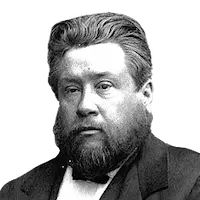
Charles Spurgeon
On 1 Corinthians 11:24
19th Century
Preacher
For our comely parts have no need: but God hath tempered the body together, having given more abundant honour to that part which lacked:
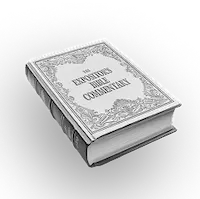
Expositor's Bible Commentary
On 1 Corinthians 11:24
The chief reason why Paul cannot commend their actions is that they do not agree with the spirit of the Lord’s Supper as he had received it. Using …

John Calvin
On 1 Corinthians 11:24
16th Century
Theologian
Having given thanks. Paul observes elsewhere that every gift we receive from the hand of God is sanctified to us by the word and prayer ([…
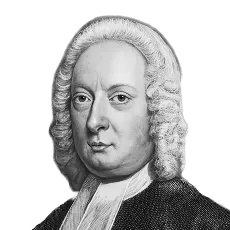
John Gill
On 1 Corinthians 11:24
17th Century
Pastor
And when he had given thanks
So (Luke 22:19) , but (Matthew 26:26) and ([Reference Mark 14:2…
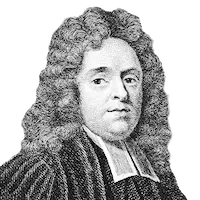
Matthew Henry
On 1 Corinthians 11:23–34
17th Century
Minister
The apostle describes the sacred ordinance, which he knew by revelation from Christ. Regarding the visible signs, these are the bread and wine. Wha…